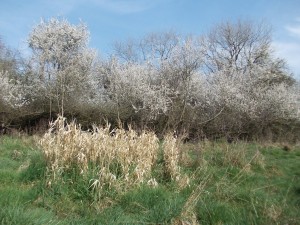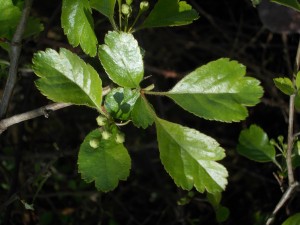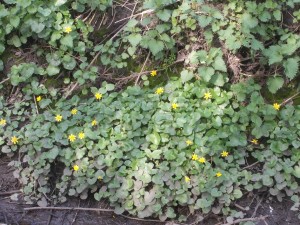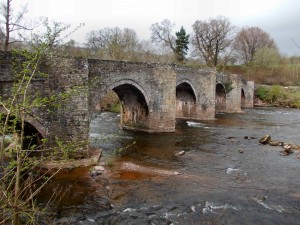
Having by good fortune been able to get away for a few days, we drove down to Monmouthshire and had a fine walk from the mediaeval stone bridge at Llangynidr along the beautiful River Usk.
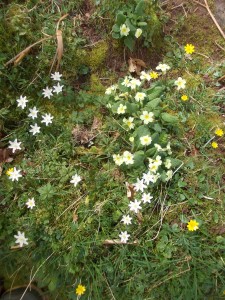
The path had been damaged by the floods, but now the waters have receded the path is surrounded by primroses, celandines and wood anemones in delightful combination: specially good to see near a path, as so many wild primroses have vanished into thoughtless people’s gardens in England.
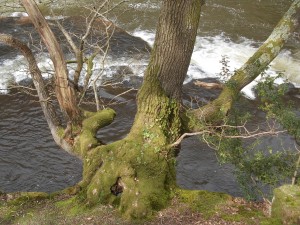
The River Usk – the Welsh name is from the same root as Whisky (Uisge), meaning simply ‘water’ – swirled over little rapids, a pied wagtail hawking for flies from the midstream rocks. Apparently the river names Exe and Wye share this origin; while Avon also just means ‘river’. In the days when people lived by just one river and rarely walked further than the nearest market town, ‘the river’ must have been a sufficient name. As well as these etymologies, Tolkien would have liked the gnarled Old Forest oak trees beside the river, very mossy at the base, gripping the sandstone rocks with their roots.
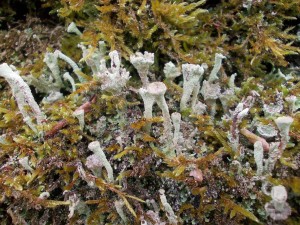
Lichens grew to good size in the clean air. A piece of beard lichen (Usnea) had fallen from a branch on to the path; common cup lichen Cladonia conoiocraea grew on a mossy wall.
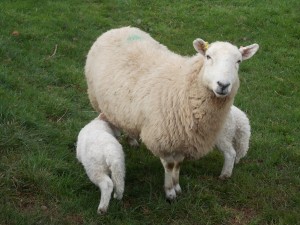
On the return walk through the fields we saw this ewe feeding her twin lambs.

